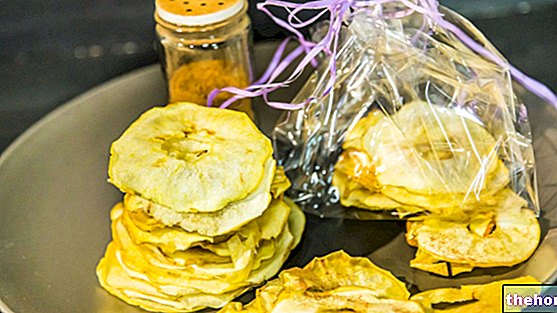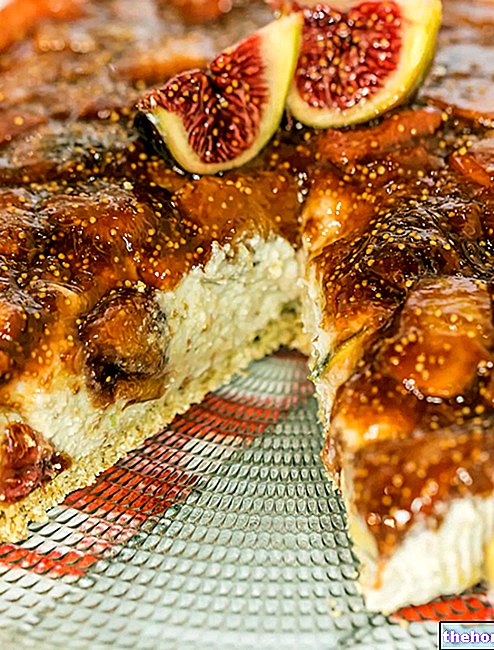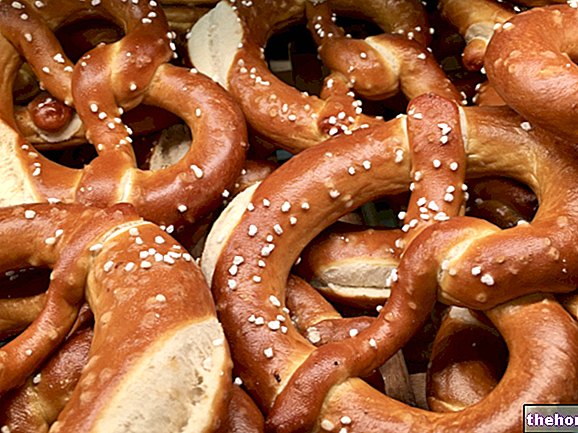Yogurt is a special milky preparation: a functional, traditional and probiotic food which, according to Italian law, must not be prepared with powdered milk, thickeners or gelling agents. Yogurt is obtained from the acid fermentation of milk, which is in turn operated from microorganisms able to modulate the organoleptic and chemical characteristics of milk. The microorganisms most involved in the transformation of milk into yogurt are Lactobacillus bulgaricus and it Streptococcus thermophilus: these bacteria transform the main milk sugar (lactose) into two simpler carbohydrates (glucose and galactose) and then convert them into lactic acid. The pleasantly sour taste of yogurt is given precisely by this acid transformation; while its creaminess is given by the combination and concentration of Lactobacillus bulgaricus And Streptococcus thermophilus in milk. The velvety consistency of yogurt mainly depends on the sticky substances, mostly produced by L. bulgaricus.
But what are the advantages of yogurt?
- It is a low-calorie and satiating snack
- It is more digestible than milk because the amount of lactose it contains is less
- Facilitates the absorption of calcium and phosphorus (prevents osteoporosis)
- Regularizes intestinal activity and stimulates the fermentative bacterial flora to the detriment of the putrefactive one
- Regulates gastric pH (increases buffering power)
- It increases the immune defenses thanks to the antibiotic action exerted on intestinal pathogens
Video of the Recipe
Problems with playing the video? Reload the video from youtube.
Identity Card of the Recipe
- 69 KCal Calories per serving
-
Ingrediants
Natural base for yoghurt (for about 7 jars)
- 1 liter of pasteurized whole milk
- 1 jar of yogurt or 1 sachet of freeze-dried lactic ferments
Aromas to taste
- 6 g of soluble coffee
- 10 g of sugar
- 10 g of jam
Materials Needed
- Yogurt maker
- Ladles and spoons of various sizes
- Casserole to warm the milk
- 7 jars with relative caps
- Food thermometer
Preparation
- Pour the milk into a saucepan and, maintaining a very gentle flame, mix until reaching 42 ° C-44 ° C, the ideal temperature to facilitate the transformation of lactose into lactic acid..
The light idea
To reduce calories, you can also use semi-skimmed milk!- Pour the lactic ferments powder into a glass, add a few tablespoons of milk and mix well until the powder is dissolved. At this point, pour the mixture obtained into the remaining milk and mix thoroughly.
Alternatively
Alternatively, it is possible to replace the lactic acid powder with a jar of natural yogurt: in this case, directly dissolve the yogurt (starter) in the warm milk.- To make two servings of coffee yogurt, pour 5 g of instant coffee and 5 g of sugar into 2 jars. To make strawberry yogurt instead, pour a teaspoon of strawberry jam (or another flavor of your choice) into two other jars.
- Pour the milk mixture directly into the containers. Place the jars inside the yoghurt maker (without cap), close the instrument with the lid and operate it: let the jars rest for 8-12 hours, remembering that the longer the rest time in the yoghurt maker, the greater the density of the yoghurt.
Is it possible to prepare yoghurt without a yoghurt maker?
Of course yes: but the problem, in such circumstances, is maintaining the temperature at 40-45 ° C. In any case, in this case, it is advisable to keep the containers in a warm environment, perhaps wrapped in a cloth inside a heater or in an oven with a 40W light bulb on.- After 8-12 hours, the yoghurts are ready: close them with the cap and let them rest in the fridge for at least 2-3 hours. During this time, the yogurt will take on an even denser consistency. The yoghurts can thus be kept in the refrigerator for a week: it is possible to allocate a jar to make new homemade yogurts.
Alice's comment - PersonalCooker
In addition to its direct consumption, yogurt lends itself to the creation of countless dishes. Here I have prepared fruit and coffee yogurt, with which you can make excellent desserts. Natural yogurt, on the other hand, can be used as a base for sauces (for example to prepare pinzimonio) or to flavor pastes (such as the exquisite corn paste with nuts and fragrant yogurt).Nutritional values and Health Comment on the recipe
Homemade yogurt has the same nutritional properties as commercially available yogurt. If produced from whole milk, it contains some predominantly saturated fats and a small portion of cholesterol; the proteins, albeit in modest quantities, are of high biological value while the carbohydrates are mainly composed of added sucrose and traces of lactose. The average portion of yogurt is 100-150g (60-90kcal).




























